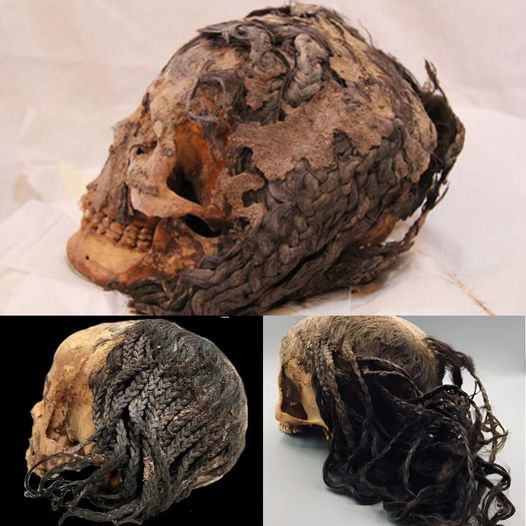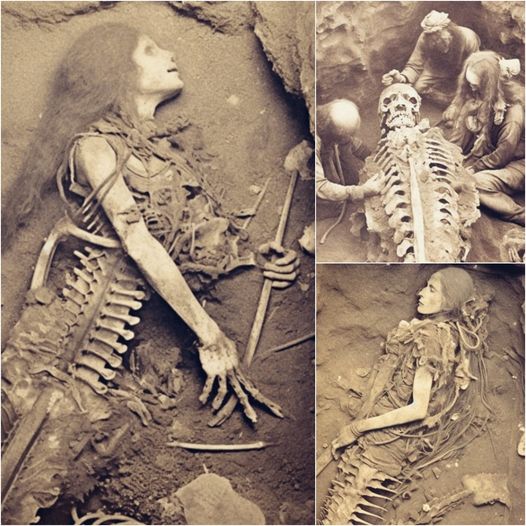The Rio Tinto River in Spain has long held a dubious distinction - it is often regarded as one of the most polluted and dangerous bodies of water in the world. This once-pristine river, with its blood-red waters, has been tainted by centuries of mining activities that have left an indelible mark on its ecosystem. In this blog post, we will delve into the history, causes, and consequences of the pollution in Rio Tinto, shedding light on the environmental and human impact of this toxic legacy.
A River Runs Red: The History of Rio Tinto
The Rio Tinto, which means "Red River" in Spanish, gets its name from the distinctive hue of its waters. This striking crimson coloration is a result of the high levels of iron and heavy metals that have leached into the river over centuries. The river's history is intertwined with mining, dating back to the ancient Romans who exploited its mineral-rich banks for copper and silver. Since then, various mining operations have come and gone, leaving behind a legacy of pollution that continues to haunt Rio Tinto to this day.

Mining and Pollution: The Culprits
The pollution of Rio Tinto can be attributed primarily to the mining activities in the region. Mining operations, particularly those focused on sulfide minerals like pyrite, release a cocktail of toxic substances into the environment. When these minerals come into contact with air and water, they produce acid mine drainage (AMD), a highly acidic and metal-rich solution that seeps into nearby rivers and groundwater.

The acid mine drainage in Rio Tinto is not only highly acidic but also laden with heavy metals such as iron, copper, and cadmium. These substances have devastating effects on aquatic life, plants, and even the surrounding soil. The river's pH levels are so low that they can dissolve metals, making the water extremely inhospitable for most forms of life.
Ecosystem in Peril: Environmental Consequences
The ecological impact of Rio Tinto's pollution is dire. The high acidity and metal content have led to the death of countless aquatic organisms, leaving the river nearly devoid of life. Fish populations have been decimated, and the riverbanks are barren and desolate. It's a stark reminder of how human activities can irreversibly alter the natural world.

Moreover, the pollution has far-reaching consequences for the entire ecosystem. As the contaminated water flows into the Gulf of Cádiz, it affects marine life in the coastal areas, disrupting fragile ecosystems and threatening species diversity. The Rio Tinto pollution serves as a cautionary tale of the long-term repercussions of reckless resource extraction.
Human Health at Risk: The Human Toll
The environmental devastation caused by Rio Tinto's pollution is not limited to the ecosystem alone; it also poses a significant risk to human health. Local communities living in the vicinity of the river have had to contend with polluted water sources, contaminated soil, and the potential for toxic dust in the air. These conditions have been linked to various health problems, including respiratory issues, skin diseases, and even a higher risk of certain cancers.

The Path Forward: Remediation and Restoration
Efforts to mitigate the pollution in Rio Tinto have been ongoing, but the challenges are immense. Cleaning up the river is a complex and costly endeavor that requires both technological innovation and commitment from governments and mining companies. Sustainable mining practices, stricter regulations, and environmental remediation projects are essential steps towards restoring the river's health and ecosystem.

In conclusion, Rio Tinto in Spain stands as a stark reminder of the devastating consequences of unchecked industrialization and mining activities. Its blood-red waters symbolize not only the environmental degradation but also the human cost of pollution. As we reflect on the plight of this once-majestic river, we must also recognize our collective responsibility to protect and preserve our planet's natural treasures. Only through concerted efforts can we hope to one day remove the stain of pollution from the legacy of Rio Tinto.










